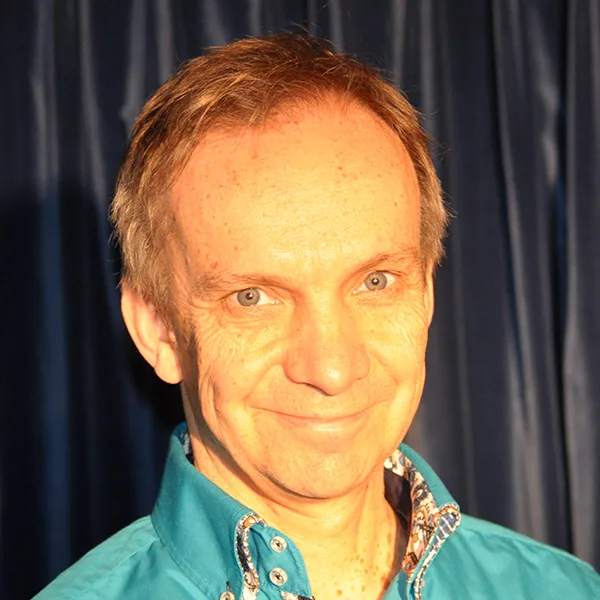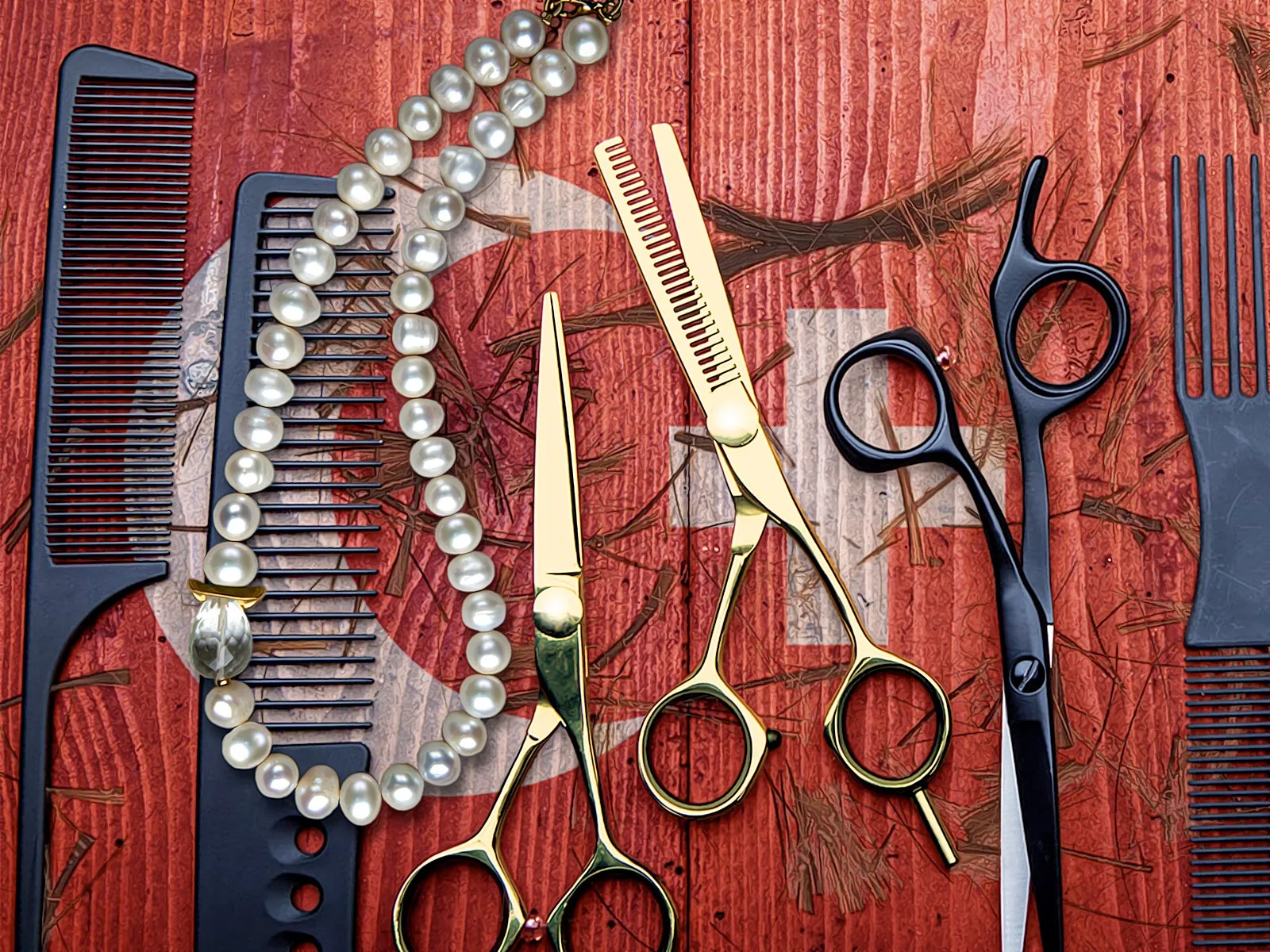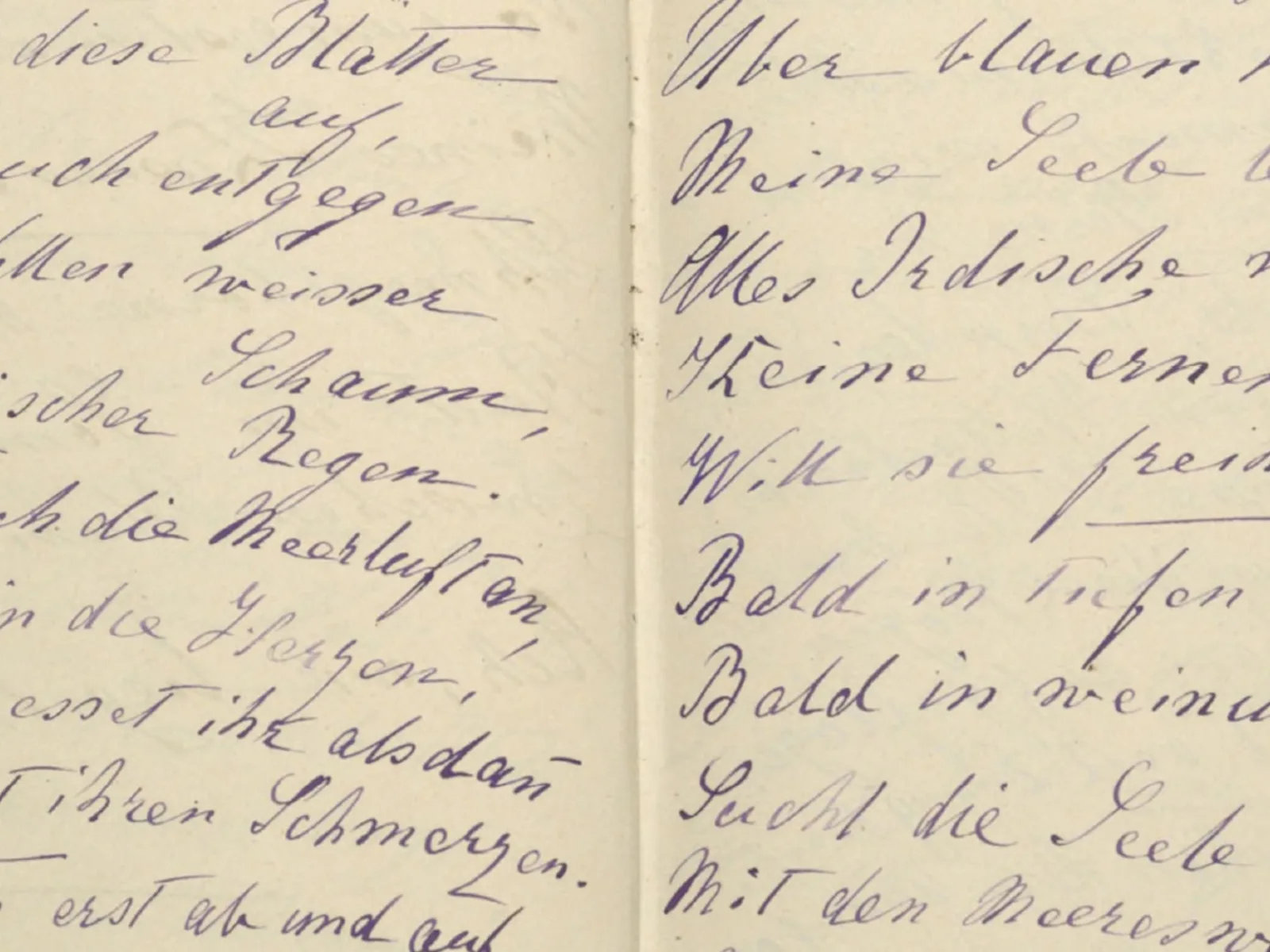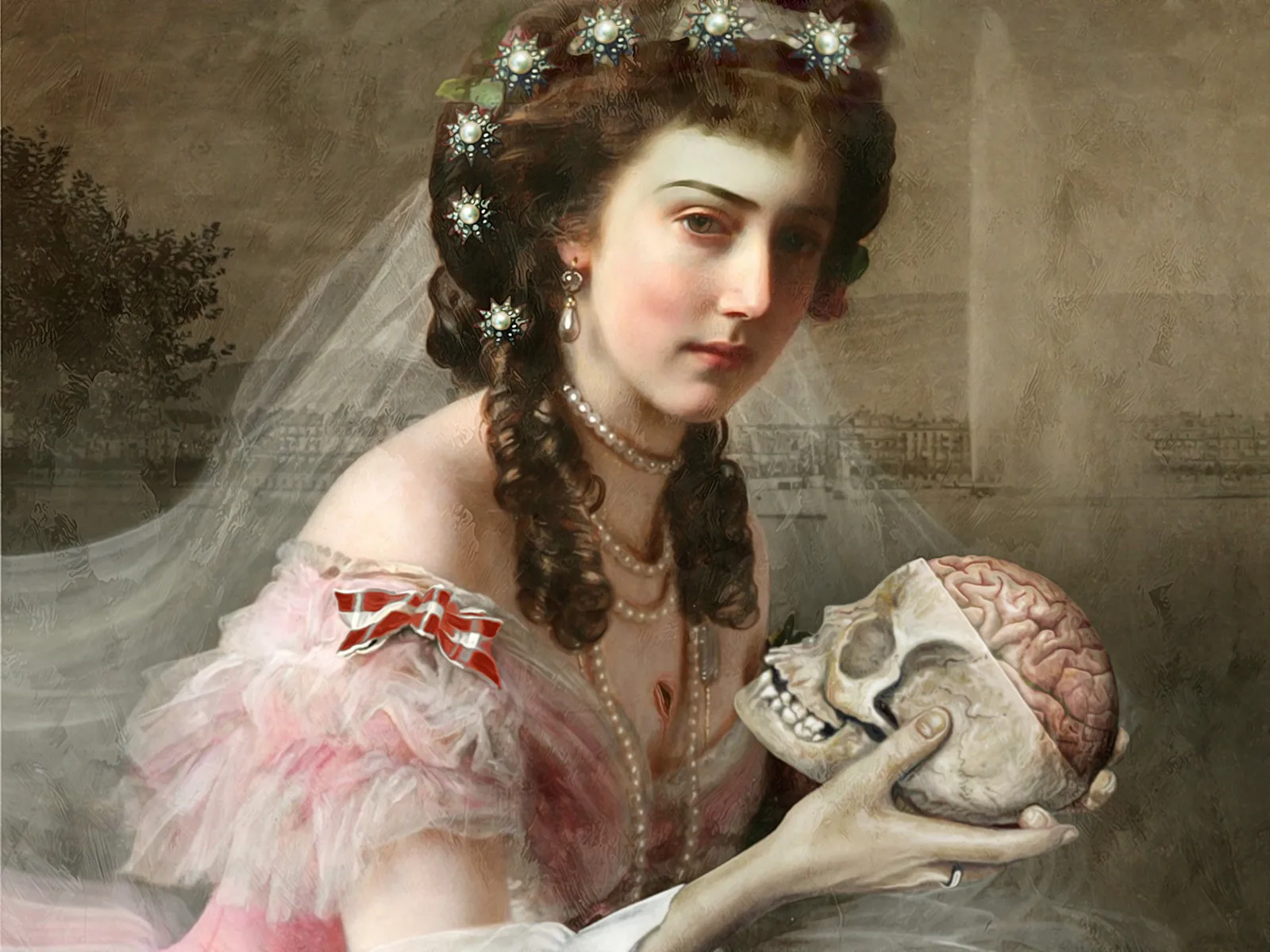
Sisi’s assassin
On 10 September 1898, Luigi Lucheni murdered the Austrian Empress Sisi in Geneva. After his arrest, he asked to be beheaded. The Swiss judiciary refused his request. In the end, though, the anarchist did lose his head…
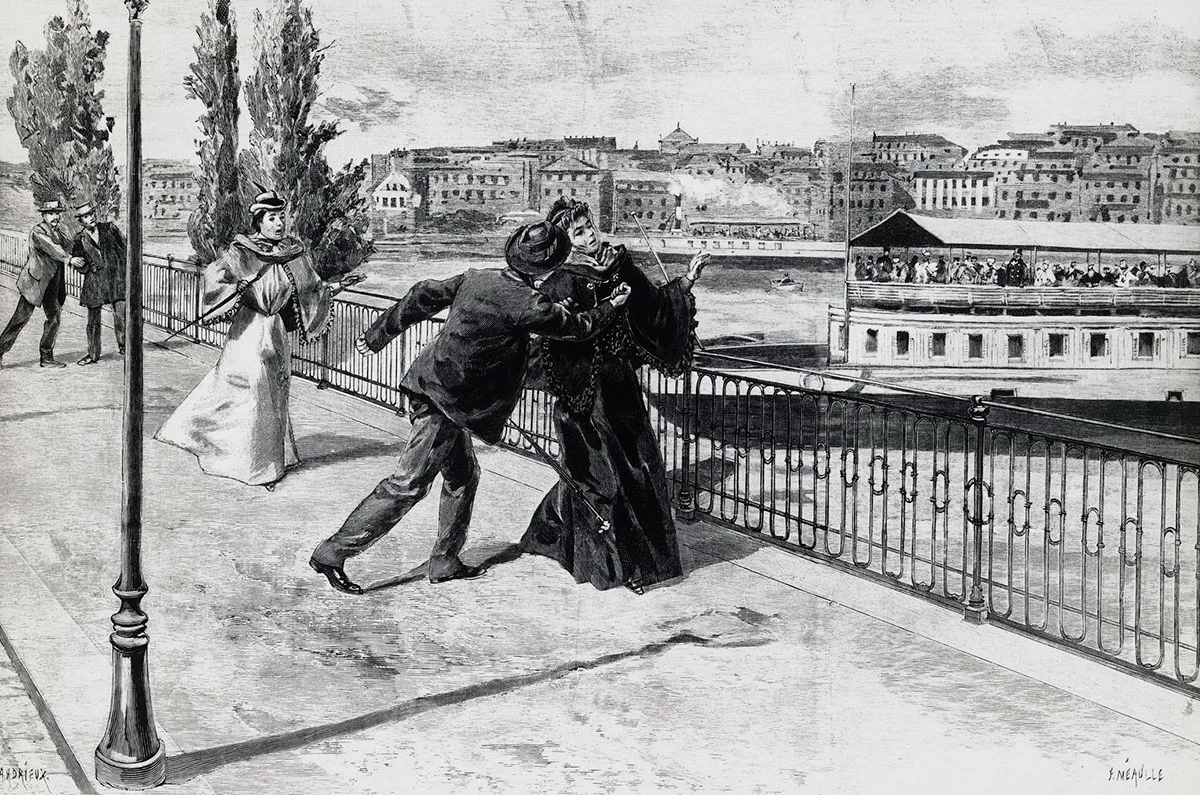

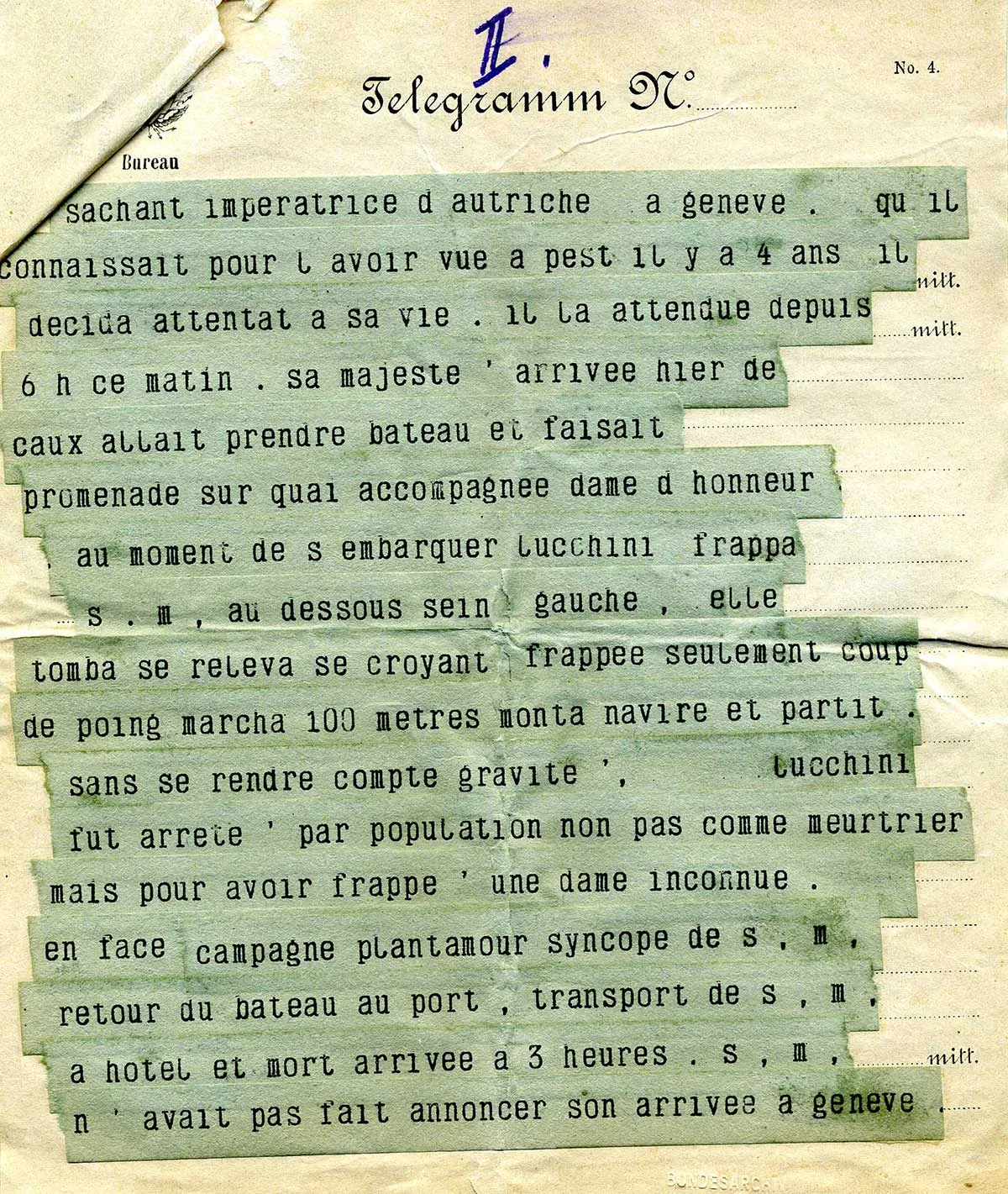
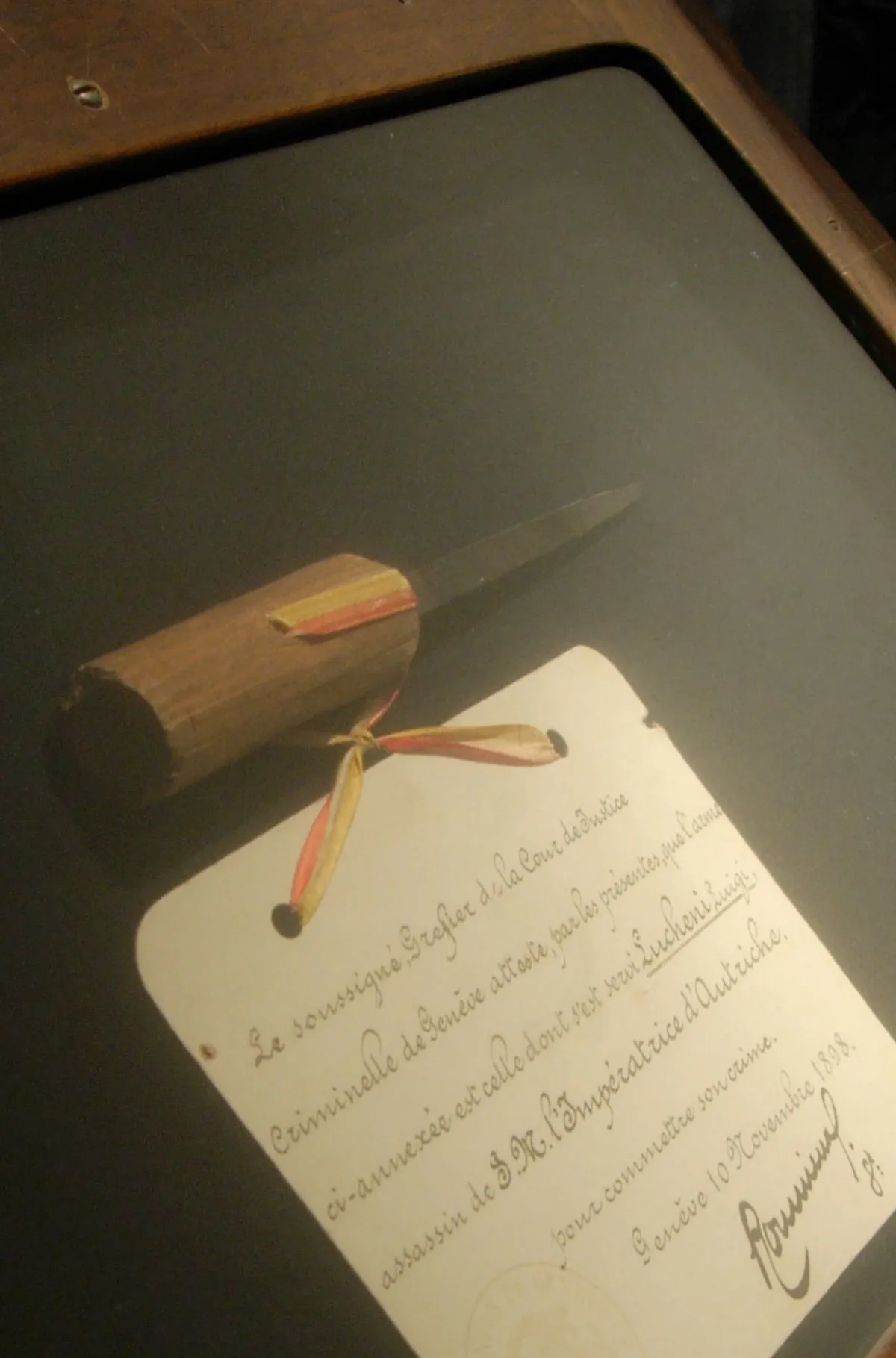

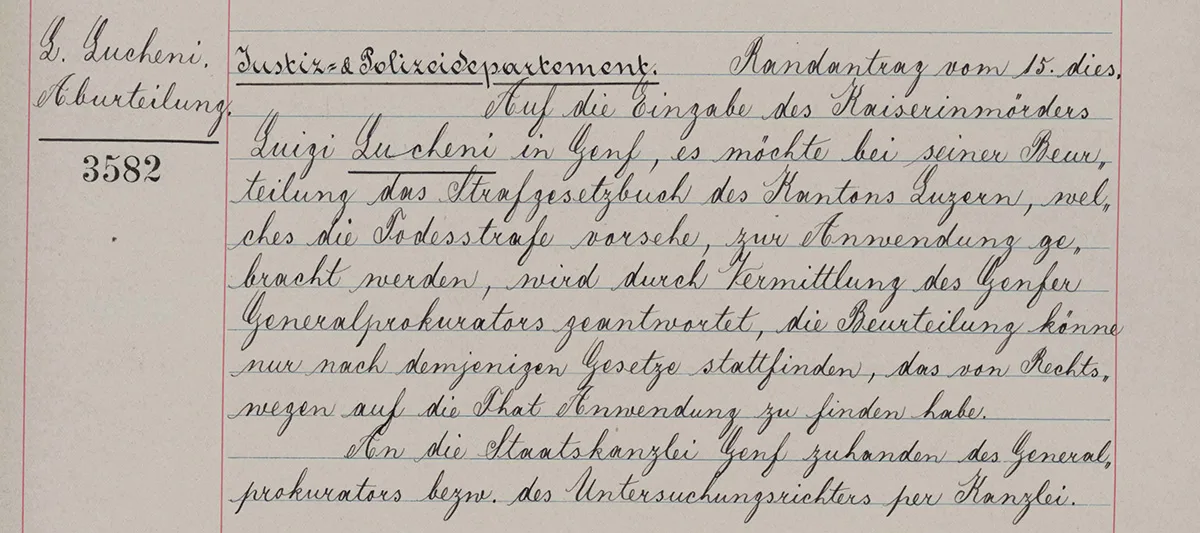
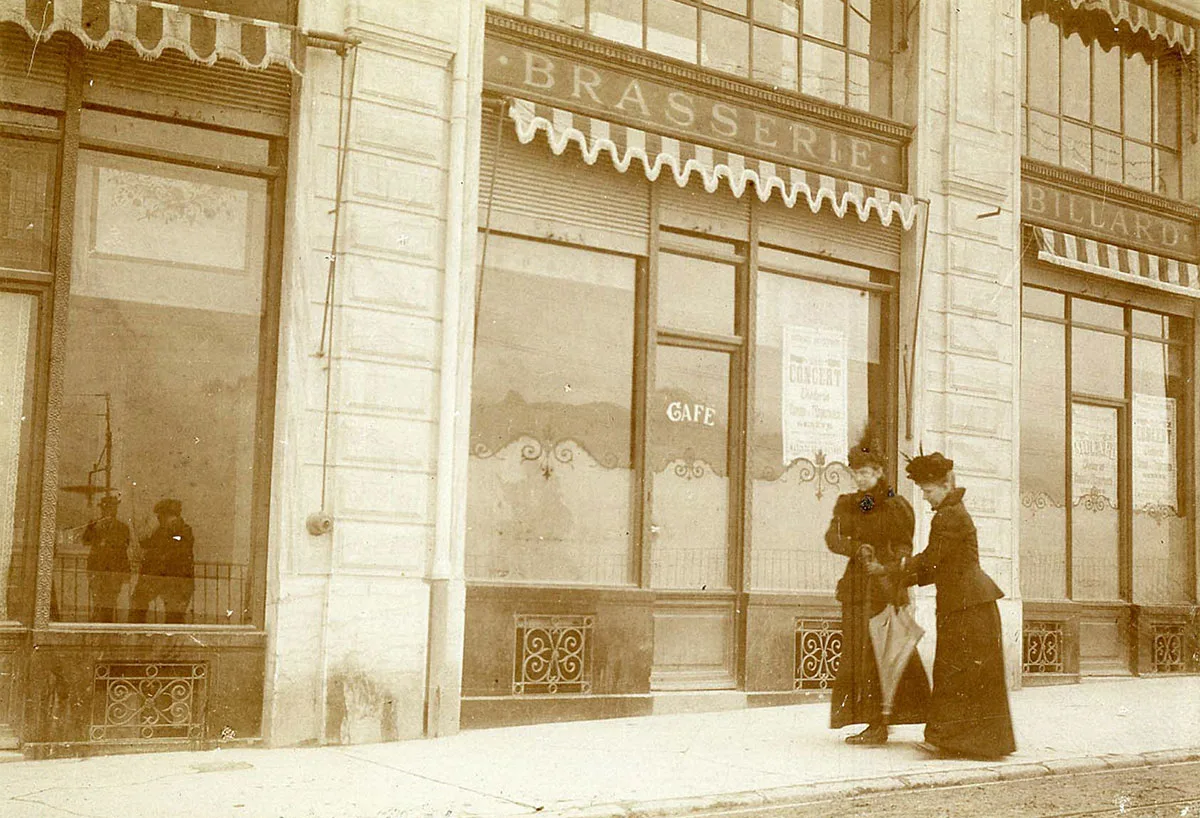
Head sawn open, brain examined
TV feature about the murder of Sisi (German with english subtitles). YouTube
